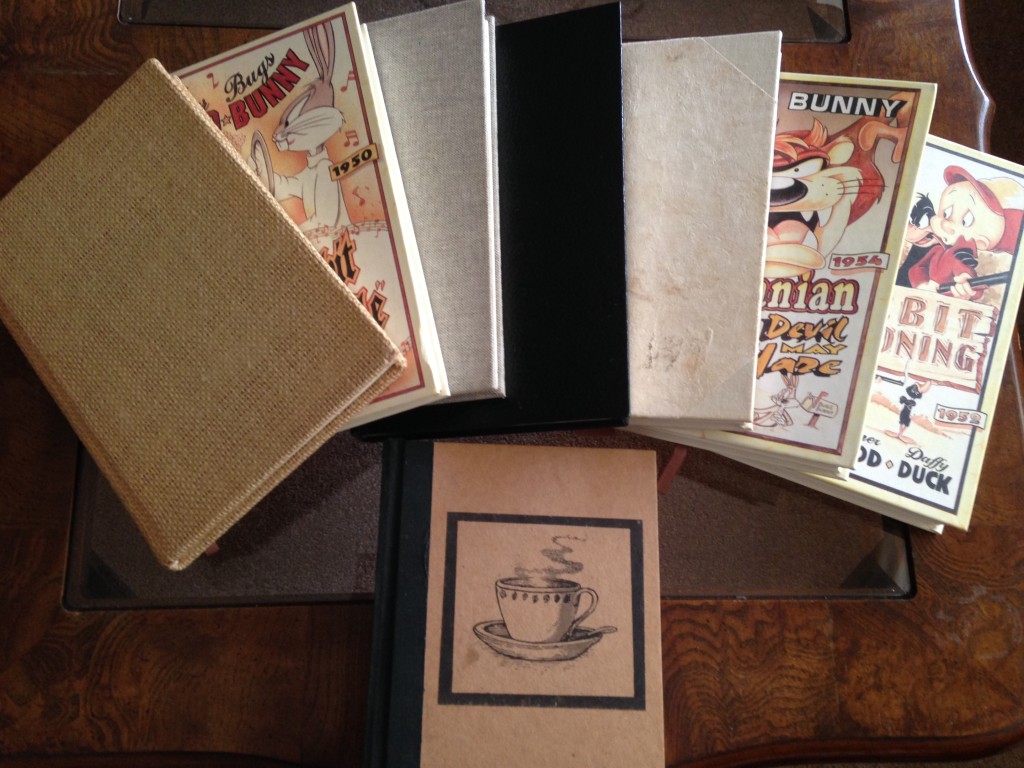
Not that long ago I dug deep into the pits of my parent’s storage space to where I keep the bits of memorabilia that I saved from high school and college. There underneath old trophies and certificates, under the photo albums and envelopes filled with pictures (we used to have to get them developed and physically printed!) I found the trove of old high school journals that I was looking for. I was pulling them out, on purpose, for a project that my friend, author Jeff Garvin, and I were thinking about working on.
A bit of advice if you ever reach a point where nostalgia overrides your more rational thinking: Things you wrote down at the height of your adolescent hormonal development are not light reading. You should be mentally prepared before diving back into that headspace.
I was not.
My friend Zeke has always said, “Five years ago I was an idiot.” It’s a great phrase. How often have you looked back on things and noticed that your opinions had changed or shifted? It’s easy to forget that most of us actually change our minds quite a bit about a lot of things as we grow and get older. Thanks to social media and “flashback” apps we can now be greeted every morning with a list of things that we have posted to the public via a variety of different platforms to lord knows how many people that shows exactly where you were at in your head. Thanks to these apps I can attest that I as well was an idiot five years ago. And I’m sure that I’ll feel that way in another five years, and then five years after that.
Now imagine diving back over twenty years ago…
…Idiot doesn’t even begin to describe it.
Actually “idiot” is too harsh of a word. I was a teenager and suffered from being “sixteen and angry.” I think we all have our “sixteen and angry” time, I know that everyone I ever knew had one. It’s a tumultuous time when you are starting to figure out who you are as a person separate from your parents, when you start to make decisions for yourself, when you desperately want to be considered an adult but secretly enjoy the shield of being a kid. This is when you find all the great music that will become your favorite into adulthood. This is when crushes are defined as “love” and every relationship can last “forever.” You fight with your parents, go on your first adventures with your friends, and generally raise eight different kinds of holy hell.
I managed to document my sixteen and angry period in nine volumes: eight journals and one sketch book. The picture at the top of this post is of all but one of the books. Inside are entries that detail my thoughts and feeling about friendships, relationships, and some stories that I used to write about a fictional version of my friends and I. Reading it back revealed that things were a bit different than the memory of those times in my head. It’s easy to romanticize the high school experience. I didn’t mind high school. I had a lot of friends and did well academically. I was fortunate enough not to have the troubles that make it into after school specials like bullying or drugs. My friends and I were no saints, but we weren’t troublemakers either. I can safely say that there were no arrests and any statutes of limitations have expired. My memories of high school are full of laughing, inside jokes, musicals, and enough Pepsi cola to kill an elephant. Seriously, my three best friends and I drank Pepsi by the case. I’m pretty sure that my blood was at least 4% Pepsi by my senior year. It’s amazing any of us have teeth.
However, these books tell a different tale. One of extreme emotional turmoil, dramatic shifts in friendships, and document the kind of existential crises that would make Sartre roll his eyes. None of it is ironic, it is clearly very earnest and deliberate. It feels like a different person wrote it. They are remarkably detailed history books that talk about people I had nearly forgotten about; people who, at the time, were very involved in my life. They discuss music I liked, places I went, and in some cases even what I was wearing. I actually put pictures in the front and back covers of almost all of the books. Some of myself, some of my pet chameleon, Fred, and some of my friends. I have one here of me circa 1993:
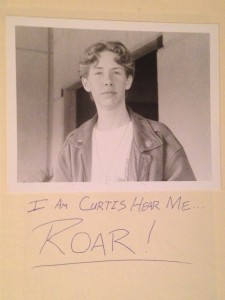
Great hair, right?
The strangest thing about the entries is that they are written like blog posts. There was apparently a part of me that thought that people would like to read the hormone fueled ramblings of a teenage boy so the entries often referred to the reader and explained things in great detail so that a stranger who might not have any previous knowledge of me would be able to understand the context of the situation. Thank God the internet wasn’t then what it is now. They are a set of volumes that document the true feelings I had as a teenager. As embarrassing as they are they are valuable.
Journaling is a pretty great exercise. It requires you to write down what you think and feel without a filter. It is a time capsule of an exact moment in your history. It’s honest even if you are lying in it, since the lie is part of that moment. I fell out of journaling when I was twenty or so. I was in college, working more, and my dramatics were getting me a paycheck as opposed to being spewed into the blank pages of a book. I also moved to digital means of note taking and idea tracking. I had PDA’s with styluses that would let me write and store things away or send to my computer. Nothing at all like the pages of these books and none of those items made it to today – they are lost on some old hard drive in a landfill somewhere. I got completely out of the habit and I think I regret that now.
I started journaling again when I was doing my 52 in 52 challenge. I keep an idea book where I jot down story ideas and I was leaving a Barnes and Noble. I had some extra time so I sat on the patio and wrote some things down, stream of consciousness style. It felt like I was giving my head a spring cleaning. It wasn’t anything extraordinary, nothing even worth having a conversation about, but what I wrote down had been sitting in my brain taking space. It felt good to have it out. Then Rene and I did the Dragon Tree Challenge. I won’t lie, it’s a bit hippy-dippy and new age-y, but it got me in the habit of daily journaling again. Journaling has helped to focus my thoughts and let my brain work on the stuff that I need it to without having to navigate through all the gunk that fills it up during the day. I highly recommend it. It’s especially good if you are in a creative field! Most of the other creatives I know keep a few different books to write in depending on the mood. Personally, have my pocket notebook for notes and tasks, my story idea book, a sketch book (the same one from twenty years ago), and a journal for just private thoughts that aren’t really for the world.
Here are some tips if you’d like to give it a try:
- Get the right book for you. I’m currently using one of the old journals I found from 1993. It was empty and some of the pages are yellowing. It has age on it, like me, and the pages are a little crisp because of it.
- Get the right pen. This might sound silly, but when you get on a roll the words are going to come out fast and the last thing you need is your pen running out of ink or not being comfortable in your hand.
- Don’t judge what you write. No matter what my teenage self thought, what you journal probably isn’t destined for public consumption. It’s for you – and you don’t ever have to read it again. Just write and let it all come out, warts and all. Really clean out that brain.
- Date your entries. Just in case you do ever want to go back and read what you’ve written it’s nice to know when you’ve written it. It helps to put everything into context.
Do you journal? Are you going to give it a shot? I’d love to hear about it in the comments.
Like this:
Like Loading...

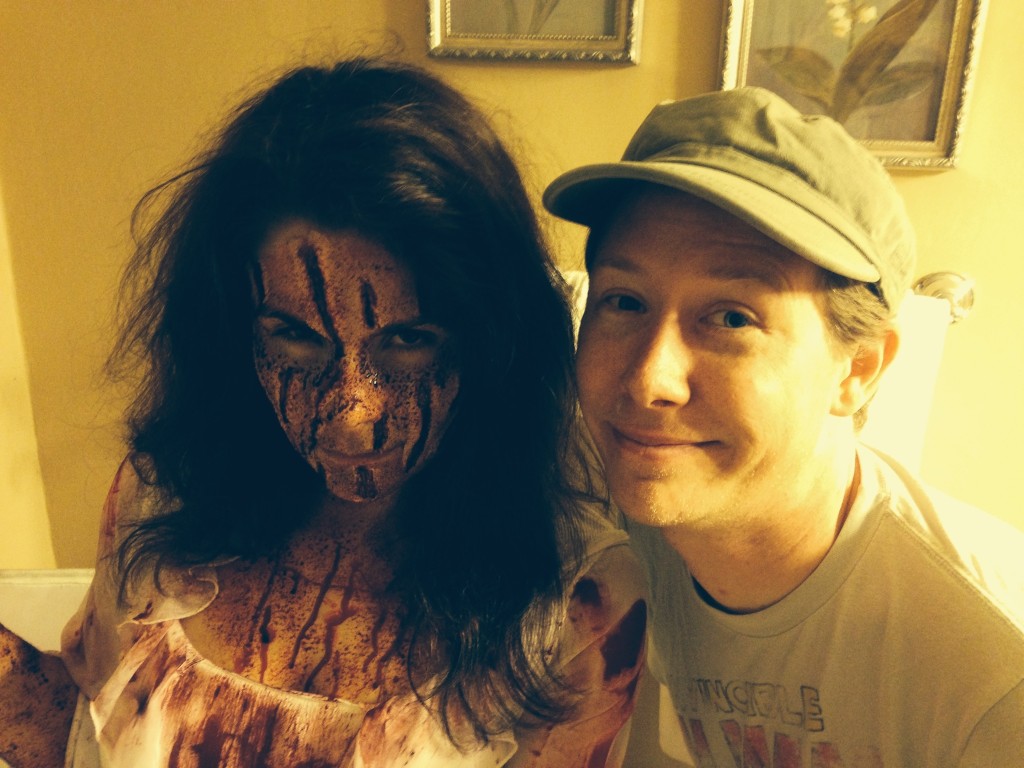
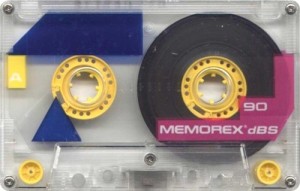






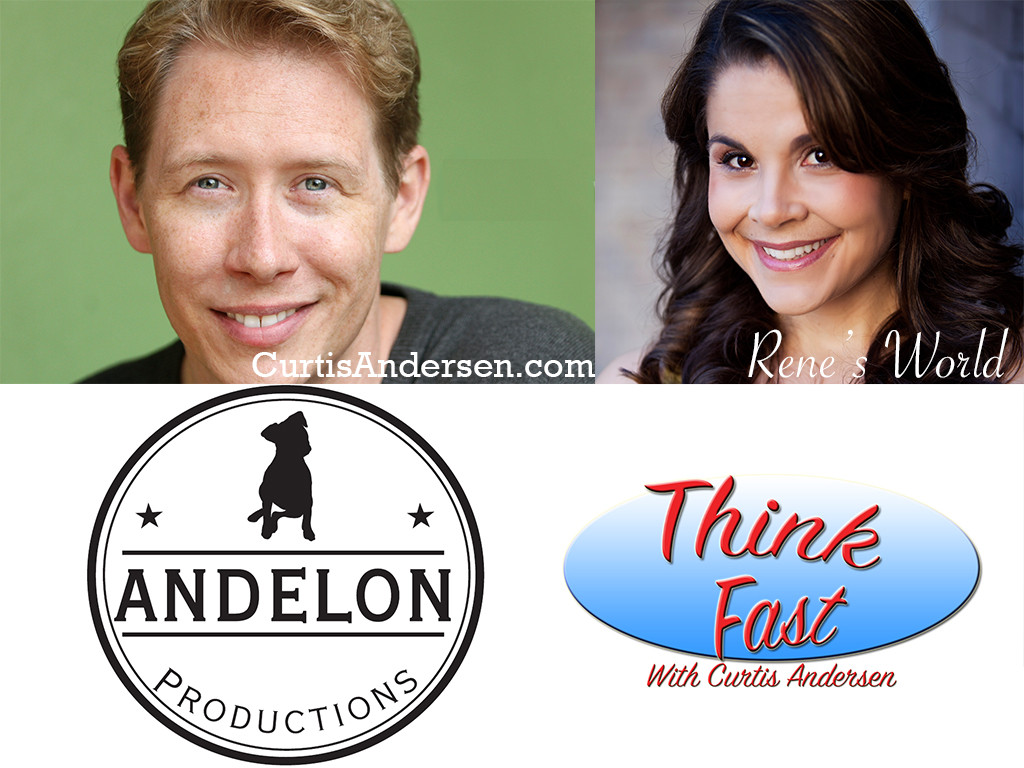
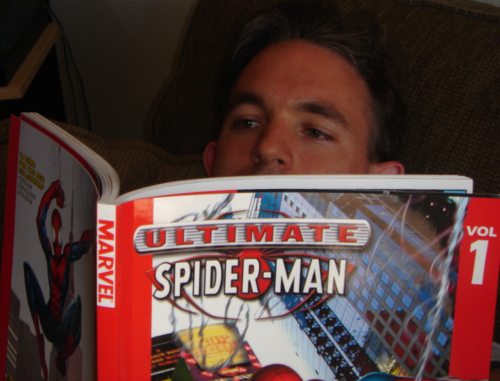
Am I a Startup? Part 2: The “Don’ts”
In part 1 we covered what a startup is and the four best practices to help get that startup moving, with definitions tweaked to work for the entertainment industry (although those tweaks may work for other industries as well). Having an idea of what to do is important and positive and helps get all the work off on the right foot. That being said, it is nice to also know what pitfalls to avoid so you can do your best not to fail on accident. Just like articles on what to do to help your startup succeed there are as many, if not more, articles about what makes a startup fail.
Thinking about it, that makes sense since, by definition, a startup has no guarantee of success so many of them (most of them even) fail. Entertainment careers are no different. In this life you hear “no” a lot more than “yes.” You can have a series go to pilot and then not get picked up. You can be edited out of a commercial after you’ve already shot it. For resilience we all say that it’s, “just part of the biz” but, part of the biz or not, that much rejection can be draining. So the following are four mistakes that can kill your startup inspired by and paraphrased from this article: The 18 Mistakes That Kill Startups. Why are there not 18? Because not all of the mistakes really apply to my topic. Sure, I could shoehorn in a few descriptions and get all symbolic with the language, but that isn’t the goal. The goal is to have strong points that are easy to identify and avoid to keep things moving in a positive career direction. But if you want to read all 18, and I suggest you do, go to the link.
Before we get started with the actual four mistakes, I’d like to point out a overarching general mistake that the author Paul Graham points out that also makes very good sense in an entertainment career:
In his explanation let’s trade out the word “user” for “audience.” Entertainment exists to be experienced by people, there isn’t any way around that. As a general rule of thumb: make and do the things you believe in and have passion for. Those are the things that have the best chance of taking off and if they don’t you can at least feel good about the attempt.
Now on to the mistakes:
Did I miss anything? Are there any best practices that I could have added to part 1? Let me know in the comments.
See you next time.
Share this:
Like this:
Leave a Comment
Filed under acting, artist, business, commentary, evil plan, failure, getting started, Hollywood, how-to, insight, jobs, learning experience, making movies, productivity, TV, work